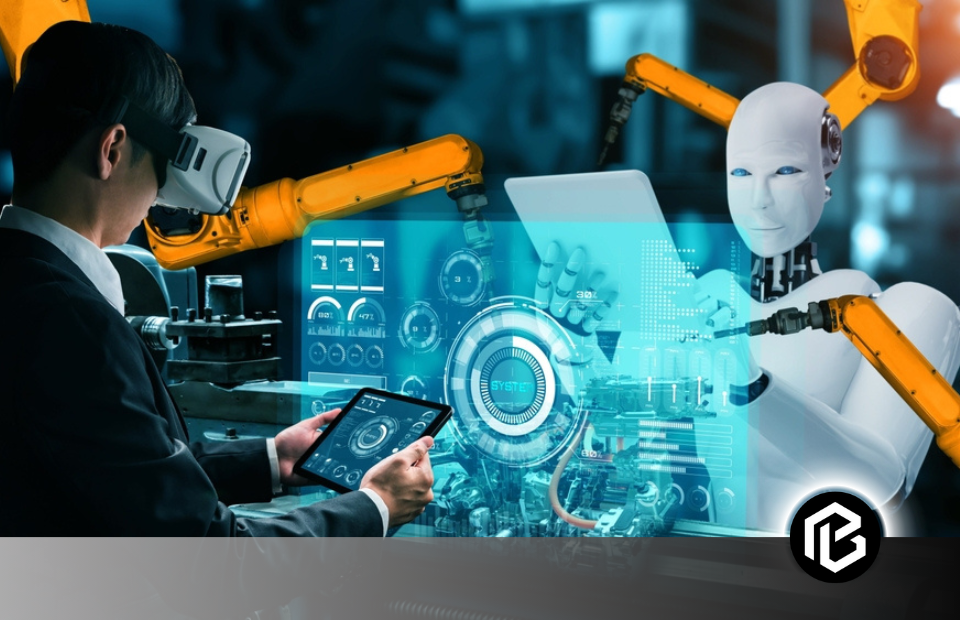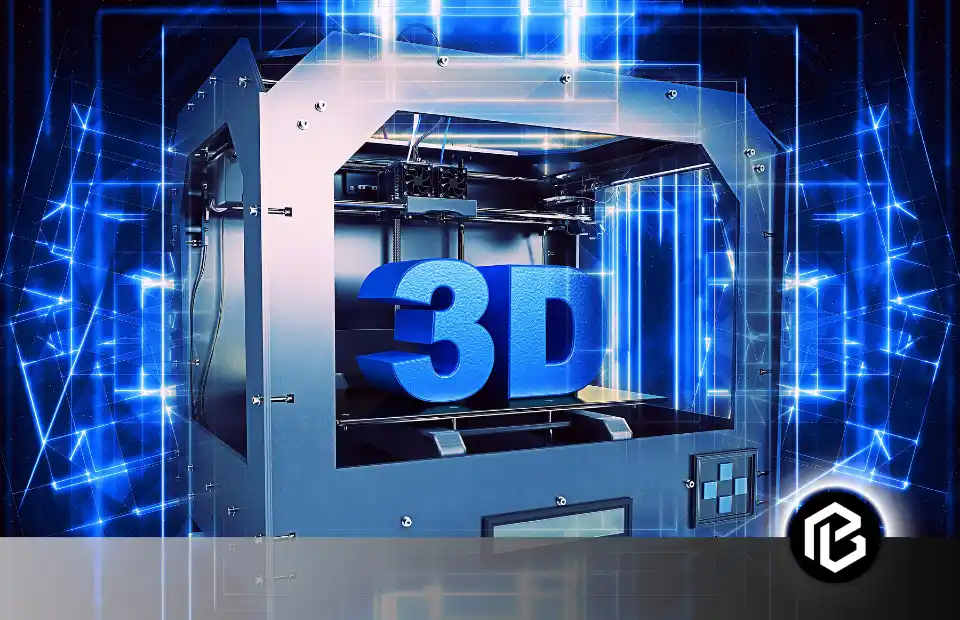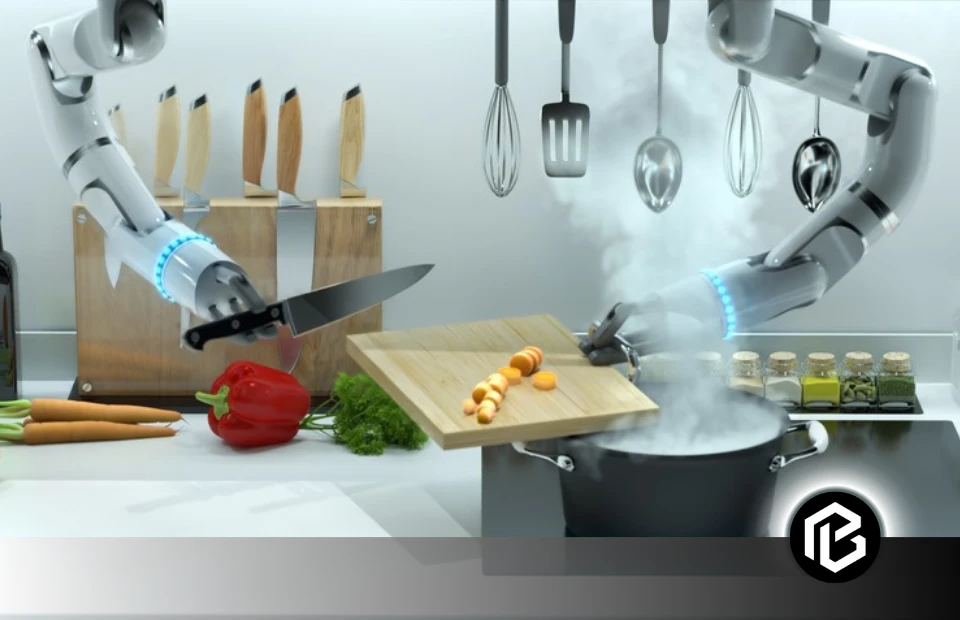Robotic process automation (RPA) is a software technology that automates basic tasks using hardware or software systems. Robotic Process Automation(RPA) is a way for a business process that relies on software robots or artificial intelligence agents. It is also known as software robotics. This process uses automated technologies to perform back-office tasks of workers such as retrieving data from databases, filling in forms, moving files, etc.
It uses a combination of APIs and user interface (UI) interactions to perform tasks incrementally between corporates and productivity applications. Automated RPA software tools execute various activities and transactions automatically across unrelated systems. This is done by deploying scripts that mimic human processes.
Robotic Process Automation tools perform high-volume business activities by using rule-based software systems. RPA tools can help Computer Information and Office Systems
(CIOs) and other decision-makers to enhance their digital transformation efforts and generate a high return on investment. It becomes easy to build, deploy, and maintain the software robots through Robotic Process Automation.
Understanding RPA Technology

RPA is used across various industries for the automation of various processes such as data entry, predictive maintenance, and after-sales service support. Telecommunication companies are now using RPA technology to configure new services such as automated billing systems for new accounts.
RPA and Intelligent Automation
RPA tools need to be competitive in the marketplace to stand tall and facilitate the growth of business. To achieve this, RPA tools need to go beyond more than just automating the tasks and activities. These tools should include intelligent automation in their offerings.
RPA functionality will then expand after incorporating the sub-disciplines of artificial intelligence that include Machine Learning, Natural Language Processing, and Computer Vision.
When integrated with all these disciplines, RPA tools require more than just simple rule-based systems. You can imagine RPA as something that ‘performs’ tasks. When AI and ML are integrated with RPA tools, you can consider it ‘thinking’ and ‘learning’ of tasks respectively. The algorithms in these integrated software tools are designed in such a way that they can perform tasks quickly and efficiently.
Robotic Process Automation And AI
RPA tools are misunderstood as artificial intelligence (AI), but they are different. An AI system combines automation, machine learning, natural language processing, reasoning, hypothesis generation, and analysis.
The reasoning that keeps two of these domains separate from each other is how they automate the tasks. RPA is process-driven. On the other hand, AI is data-driven. RPA robots work according to the instructions given by the end user. Whereas AI bots use machine learning to recognize patterns in unstructured data.
It takes time to learn things. In simple words, AI simulates human intelligence, but RPA solely replicates tasks directed by human beings. Although both processes lessen the human intervention, their way of automating processes is different.
Along with that, RPA and AI also assist each other. AI can assist RPA to automate tasks more effectively. It can help RPA to handle complex use cases. RPA can able AI insights to be actioned more quickly instead of spending time over learning.
Advantages of RPA

Robotic process automation simplifies workflows, and it can be rapidly implemented to accelerate digital transformation. It makes the organizations more profitable, flexible, and responsive. It provides employee satisfaction, involvement in work, and productivity by eliminating boring tasks from the regular working days.
There are several benefits of RPA, including:
Less Coding
Users of RPA tools can hire non-technical staff easily thanks to drag-and-drop features in their user interfaces. There is no need to hire a developer to configure Robotic Automation Tools.
Efficient Cost Savings
RPA tools minimize the workload on human workers. They can be allocated toward other tasks that require human input. It results in more productivity and a greater return on investment (ROI).
High Customer Satisfaction
Chatbots and bots can automate the tasks that minimize the waiting time for customers. It leads to the higher rates of customer satisfaction.
Improved Employee Morale
By reducing the human labor for high-volume tasks, RPA allows employees to ponder more on strategic and thoughtful decision-making. This would help them arrive at impactful results. Moreover, this high-workload shift increases employee happiness.
Better Accuracy and Compliance
RPA programs can be used in robots to follow a specific workflow and set of rules. This would reduce human error and provide accuracy and compliance just like a standard. RPA tools can easily monitor the progress and solve problems easily.
Position of Existing Systems
RPA software does not affect the existing systems because it works on the presentation layer of the underlying applications. Therefore, When you don’t have access to APIs or the resources to develop integrations, you can deploy robots.
Real-world Applications of RPA

Several industries are currently relying on RPA technology to simplify their business operations. Real-world applications of RPA software and robots can be found across the following industries:
Banking and Financial Services
Forrester reported in “RPA Services Market Will Grow to Reach USD 12 Billion by 2023”, that 36% of all use cases were in the finance and accounting sectors. More than 1 in 3 bots today are used in the financial industry due to bank’s early adoption of automation. Several major banks use RPA automation to automate tasks, customer research, account opening, inquiry processing, and anti-money laundering.
Insurance
Insurance involves repetitive processes that are well suited to automation. For instance, you can use RPA features for claim processing operations, regulatory compliance, policy management, and underwriting tasks.
Retail
The rapid use of RPA has made it an integral component of the modern retail industry. It has improved back-office operations and the customer experience. Other applications include customer relationship management, warehouse and order management, customer feedback processing, and fraud detection.
Healthcare
Accuracy and compliance are mandatory in the healthcare industry. The world’s largest hospitals use RPA automation software to optimize information management, prescription management, insurance claim processes, and payment cycles.
Working of RPA

Forrester says that RPA software tools must encompass the following key features:
- Fewer code features to build automation scripts
- Integration with corporate applications
- Arrangement and administration including configuration, monitoring, and security
RPA automation technology when integrated with other applications through front-end technology can also access through legacy systems. This permits the automated tools to perform like human workers.
They will perform regular tasks such as logging in, copying, and pasting from one system to another. Backend connections to databases and web services also facilitate in automation of RPA tools. However, RPA’s actual value lies in its fast pace and simple front-end applications.
Challenges and Considerations
RPA software and tools help businesses grow but there are some challenges faced by these systems such as organizational culture, technical issues, and scaling.
Organizational Culture
RPA reduces the number of employees due to the mitigation of workloads that result in the need for certain job roles. It will also increase the need for new roles to solve complex tasks such as higher-level strategy and problem-solving.
Organizations will need to create an environment of learning and innovation as responsibilities with the job roles shift. The adaptability of the new workforce will be beneficial for efficient results in automation. You can prepare teams for ongoing shifts by educating your staff and organizing training programs.
Difficult in Scaling
RPA can perform multiple operations at a time, but it will be difficult to scale this initiative due to internal changes or regulatory updates. Forrester reports that 52% of customers demand scaling their RPA program. A company must have 100 or more active working robots, but few RPA initiatives progressed beyond the first 10 bots.
Why RPA is the Fastest-growing Enterprise
When you combine RPA’s quantifiable value with its ease of application to other enterprise technologies, it’s easier to see why RPA use has been increasing worldwide.
RPA system provides the following benefits:
- Rapid, significant return on investment (ROI)
- Minimal upfront investment
- No disruption to underlying systems
- Low code build environment
- Scalable and enterprise-ready
Conclusion
Robotic Process Automation (RPA) offers numerous advantages such as increased productivity, cost savings, enhanced accuracy, and improved scalability to organizations. It has various applications in a variety of industries such as data entry, invoice processing, report generation, customer service, and HR services. As RPA keeps evolving, integration with other technologies such as AI, the rise of hyper-automation, cloud-based RPA, and process mining will shape the future of organizations. Organizations will continue to grow and gain competitive advantage in the digital age.
Frequently Asked Questions on Robotic Process Automation
What types of tasks can be automated with Robotic Process Automation?
Robotic Process Automation can automate a wide range of tasks and processes, including data entry, data extraction, form filling, document processing, report generation, data validation, system integration, and workflow orchestration.
What are the benefits of implementing Robotic Process Automation?
The benefits of implementing Robotic Process Automation include increased efficiency and productivity, reduced errors and operational costs, improved compliance and auditability, enhanced scalability and flexibility, and faster time-to-market for new products or services.
How does Robotic Process Automation differ from traditional automation technologies?
Robotic Process Automation differs from traditional automation technologies by offering greater speed, scalability, and adaptability, without requiring significant changes to existing systems or IT infrastructure. RPA solutions are also typically easier to deploy and manage compared to traditional automation solutions.
What industries and sectors can benefit from Robotic Process Automation?
Robotic Process Automation can benefit industries and sectors across the board, including banking and finance, insurance, healthcare, retail, manufacturing, logistics, telecommunications, utilities, government, and many others, by automating routine and repetitive tasks in various business functions.





